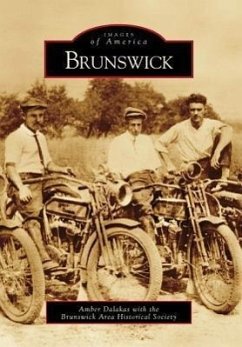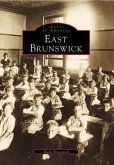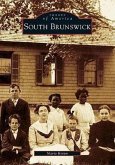Settlers from the East Coast began arriving in the Brunswick area, then part of the Western Reserve, in 1815 in search of better lives and land to farm. Through backbreaking labor, these courageous pioneers cleared the land and built their homesteads and mills. Eventually, churches, general stores, blacksmith shops, and other businesses began to sprout up in what would become known as Brunswick Center. In 1901, the Cleveland Southwestern Interurban was built through the township, creating jobs and revenue, as well as a new source of fun, as families traveled to Cleveland for shopping and recreation. Brunswick became a city on October 2, 1960, and in 1965, residents celebrated the city's sesquicentennial. Interstate 71 opened, connecting Brunswick with Cleveland in 1974. What was once a quiet farming community has now burgeoned into a lively city, boasting one of the oldest churches in the Western Reserve and Hiram Miller's Underground Railroad station.








